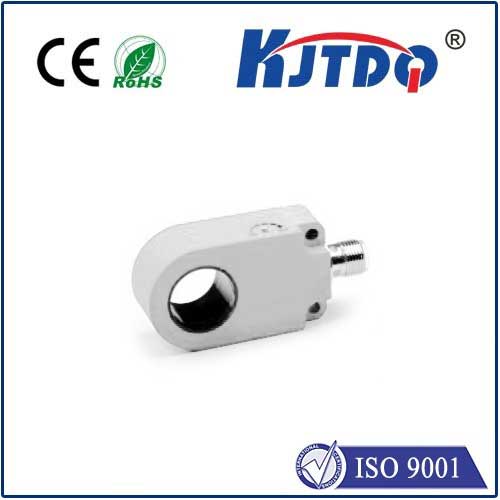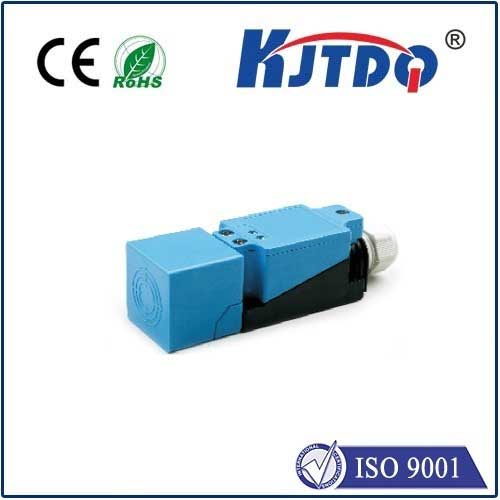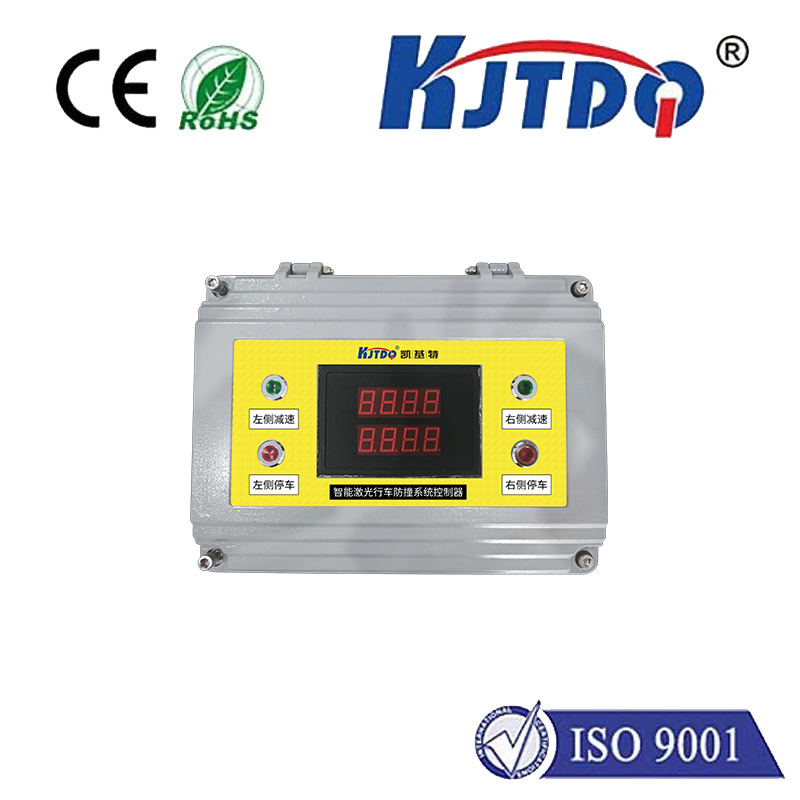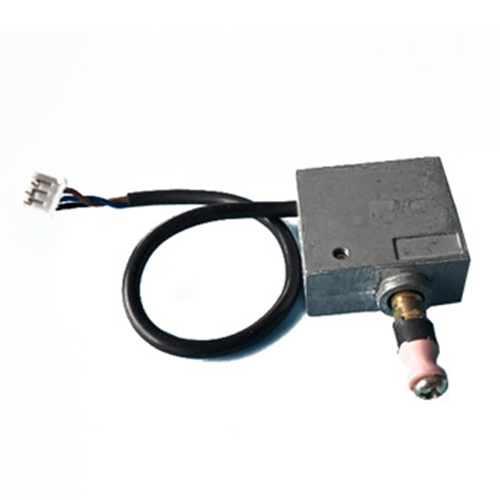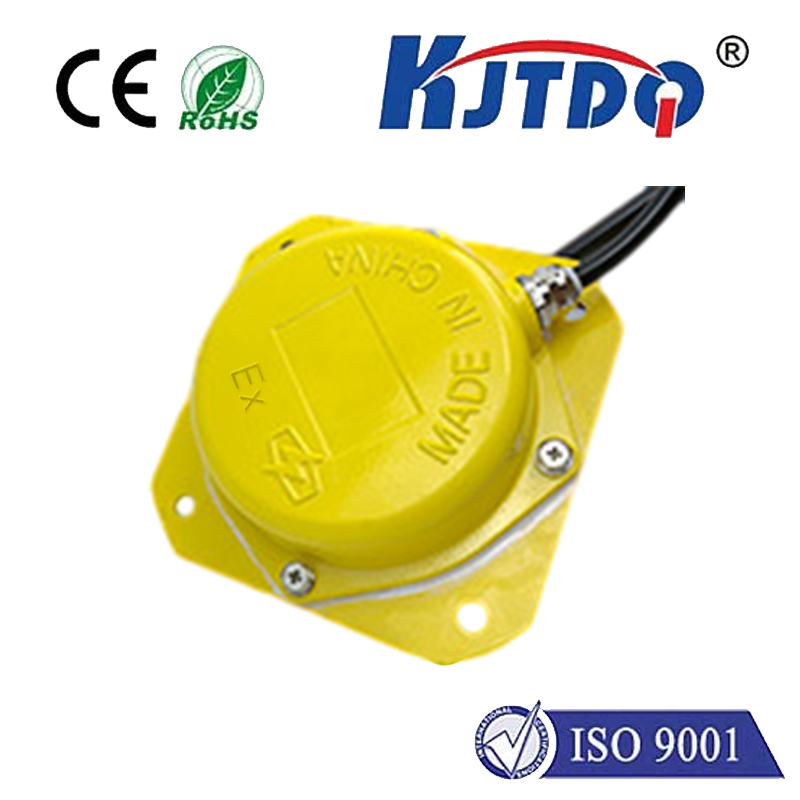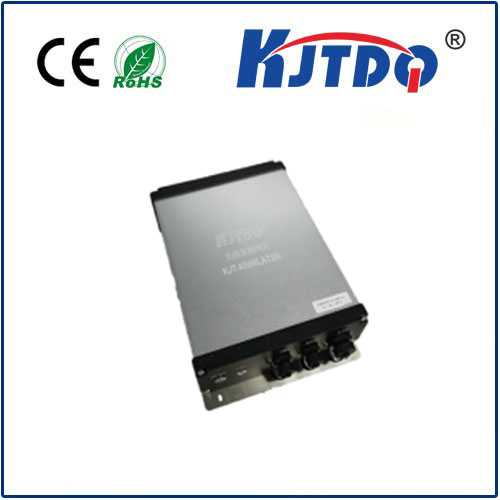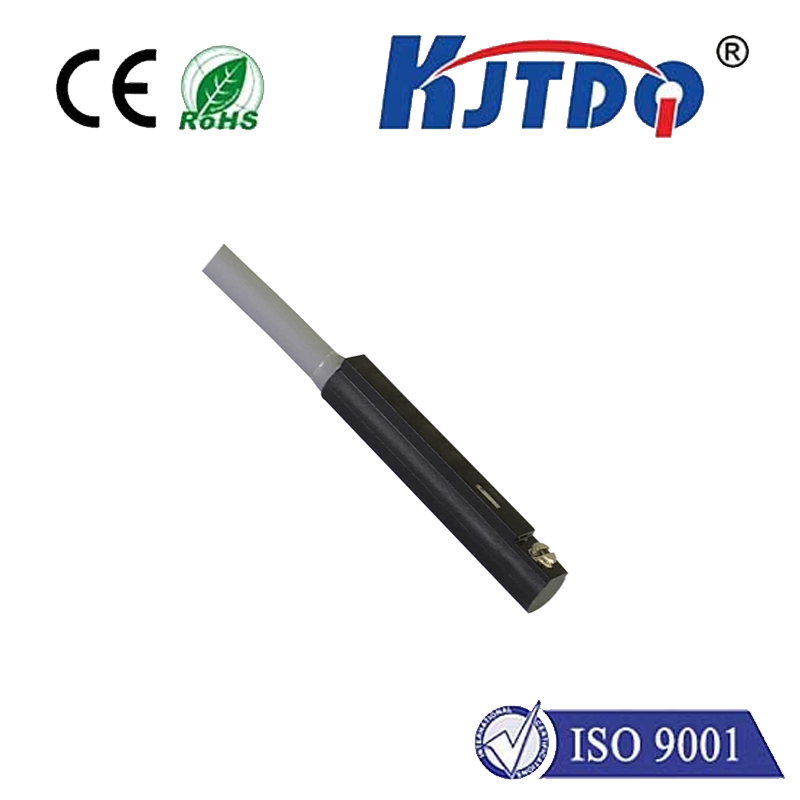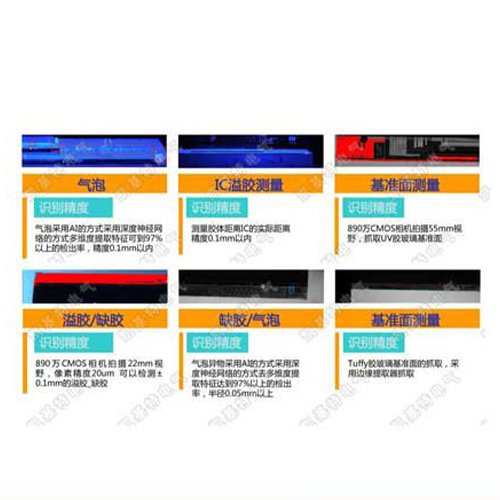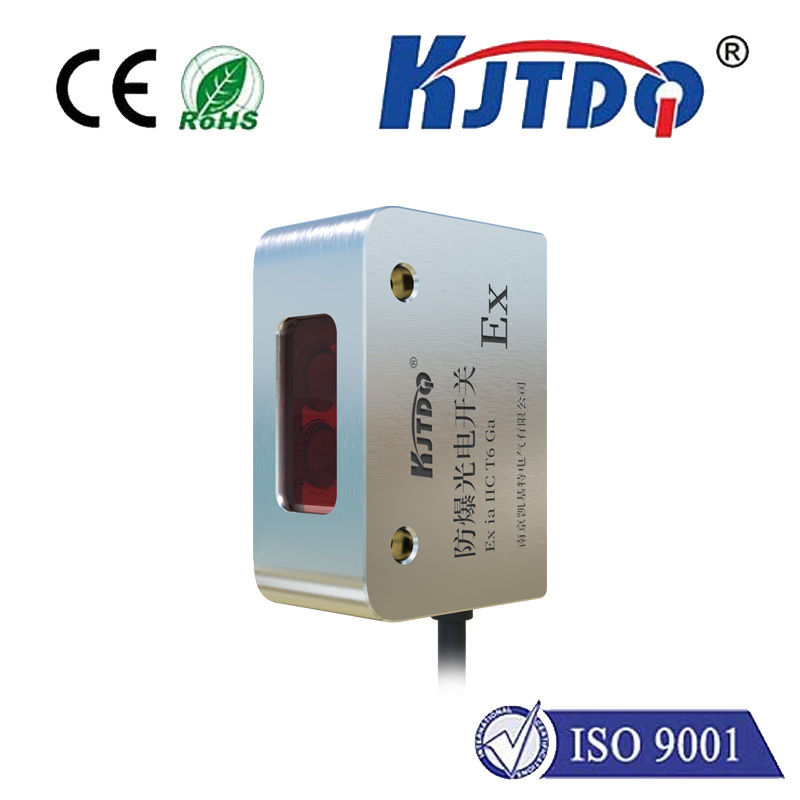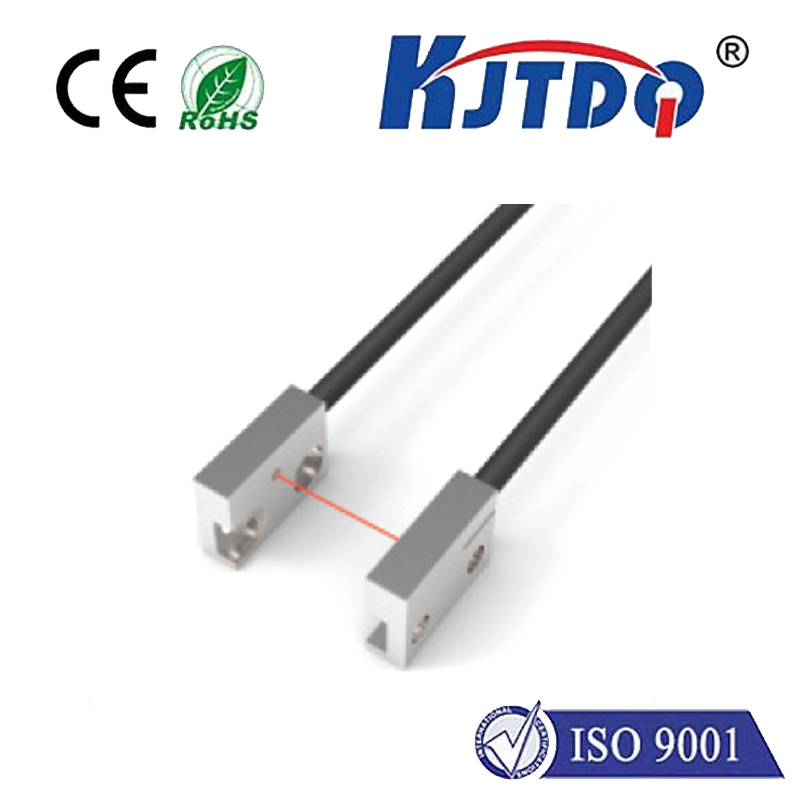personal proximity sensor
- time:2025-07-03 03:43:05
- Click:0
Personal Space Protectors: How Personal Proximity Sensors Enhance Everyday Safety & Awareness
Imagine navigating a crowded sidewalk, completely absorbed in a podcast, yet intuitively aware of obstacles before you bump into them. Or picture a visually impaired individual confidently moving through an unfamiliar space, alerted subtly to nearby objects. This isn’t science fiction; it’s the tangible reality enabled by Personal Proximity Sensor technology. Far beyond industrial applications, these compact, intelligent devices are becoming personal guardians, weaving a layer of safety and spatial awareness into the fabric of our daily lives. They represent a significant leap towards preventing collisions, enhancing independent mobility, and providing intuitive assistance right on our persons.
So, what exactly are personal proximity sensors? At their core, they are compact electronic devices designed to be worn or carried by an individual. Their primary function is to detect the presence and distance of objects or people within a specific, relatively close range – typically centimeters to a few meters. Think of them as a personal bubble monitor or a wearable proximity alert system. Unlike large-scale security sensors, personal variants prioritize portability, low power consumption, and user-friendly feedback. Their goal isn’t surveillance but immediate situational awareness for the wearer.
The Magic Behind the Detection: Core Technologies

Several sensing technologies power these personal safety devices:
- Ultrasonic Sensors: Emitting high-frequency sound waves, these sensors calculate distance based on the echo’s return time. They excel in object detection even in low-light conditions and are relatively inexpensive. You’ll often find them in wearable obstacle detectors for navigation aids. Their range is typically moderate (up to a few meters).
- Infrared (IR) Sensors: Utilizing infrared light beams, either pulsed or modulated, these detect reflected light patterns or measure distance based on received signal intensity. Excellent for short-range detection and presence sensing, often used in personal space monitors or touchless controls integrated into wearable tech.
- Passive Infrared (PIR) Sensors: Rather than emitting signals, PIR detectors sense changes in infrared radiation emitted by warm bodies (like people or animals). Ideal for detecting human movement within a defined cone, commonly found in personal safety alarms designed to alert users if someone approaches too closely from behind.
- Radio Frequency Identification (RFID) & Near Field Communication (NFC): While primarily for identification and data transfer at very close range (inches), the principle of detecting the proximity of a specific tag or device can be harnessed for personalized interactions or access control within the personal sensor ecosystem.
- Time-of-Flight (ToF) Sensors: Increasingly popular, these sensors emit a light pulse (often laser or LED) and precisely measure the time it takes to reflect back, creating accurate distance maps. Offering high precision in compact sizes, ToF is powering the next generation of miniaturized proximity sensors for applications requiring detailed spatial awareness.
Beyond the Tech: Real-World Applications That Matter
The power of personal proximity sensors lies in their diverse applications, solving real-world problems:
- Enhanced Mobility for the Visually Impaired: These sensors are revolutionizing assistive technology. Smart canes and wearable vests/badges equipped with ultrasonic or ToF sensors provide vibration feedback or audio cues to the user, mapping the immediate environment and alerting to obstacles like curbs, stairs, poles, or overhanging branches, significantly improving independent navigation safety.
- Personal Space Management & Safety: Devices featuring PIR or combined sensors can discreetly alert the wearer (via vibration or gentle sound) if someone enters their personal space unexpectedly, especially from behind – a valuable feature for personal security, particularly for vulnerable individuals or in crowded settings. Imagine a discreet buzz on your wrist if someone lingers too close behind you at an ATM.
- Industrial & Warehouse Safety: Workers in dynamic environments benefit from wearable collision avoidance systems. Sensors clipped to belts or helmets detect nearby forklifts, machinery, or stationary objects, triggering audible or tactile alerts to prevent workplace accidents, reducing the risk of being struck by moving equipment.
- Smart Device Interaction & Prevention: Your smartphone or smartwatch screen intuitively turning on when you look at it? That proximity sensor prevents accidental presses while in your pocket. NFC tags interacting only when your phone is very close ensures security for contactless payments.
- Sports & Activity Tracking: Cyclists or runners using radar-based rear-view sensors attached to their bikes or gear gain awareness of vehicles approaching from behind, providing crucial reaction time. Some fitness trackers use basic proximity sensors to determine if the device is being worn.
- Child & Pet Safety: Wearable tags with proximity sensing capabilities (often using Bluetooth Low Energy - BLE with RSSI signal strength as a proxy for distance) can alert parents if a child wanders beyond a predefined safe zone. While not high-precision distance measurement, it provides a valuable proximity alert.
The Future Pulse: Smarter, More Integrated Guardians
The evolution of personal proximity sensor technology is accelerating:
- AI & Sensor Fusion: Integrating proximity data with inputs from accelerometers, gyroscopes, and even simple cameras allows for contextual awareness. An AI system can distinguish between a static lamppost and a moving person, significantly reducing false alarms and providing more meaningful alerts. This fusion is key to truly intelligent personal safety monitors.
- Miniaturization & Power Efficiency: Continuous advancements allow sensors to shrink further while extending battery life, enabling their integration into everyday items like jewelry, clothing tags, or even hearing aids.
- Haptic Feedback Refinement: Developing more nuanced vibration patterns allows for conveying not just presence, but also direction and relative speed of an approaching object or person.
- Affordable Accessibility: As manufacturing scales and technology matures, these safety-enhancing devices become affordable and accessible to a broader population, democratizing personal safety technology.
Embrace Your Enhanced Awareness
Personal proximity sensors are quietly transforming how we interact with our immediate surroundings. They offer more than just gadgetry; they provide peace of mind, boost confidence, and actively prevent accidents by acting as an intuitive extension of our natural senses. From empowering individuals with visual impairments to navigate independently, to safeguarding workers in hazardous environments, to simply offering an extra layer of personal space awareness in a bustling world, these devices represent a significant stride towards a safer, more aware future. As technology continues to shrink, integrate, and become smarter, the personal proximity sensor promises to become an increasingly indispensable part of our personal safety toolkit.






